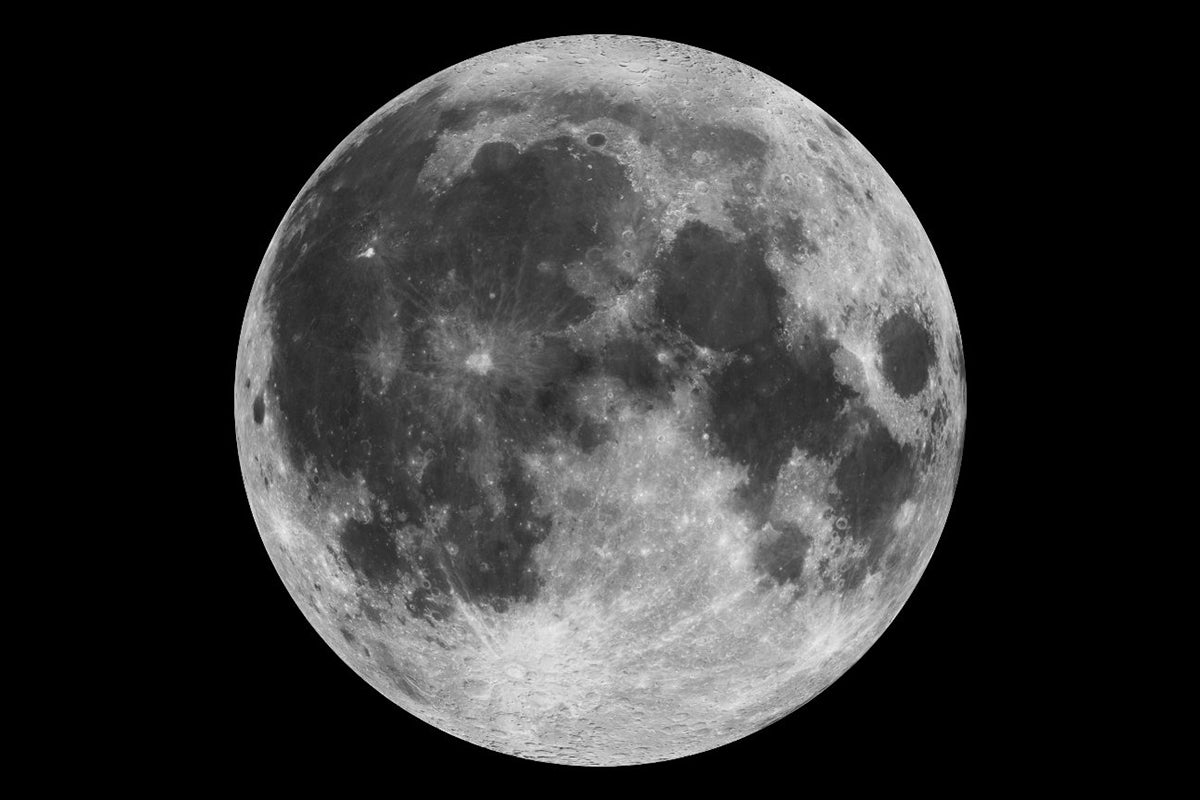UCF is taking inspiration from well-established mining techniques on Earth to tackle mining on the moon and asteroids.
University of Central Florida planetary scientist Philip Metzger and his team at the Florida Space Institute have received a $125,000 NASA grant to develop a cost-effective and logistically feasible way to mine minerals on the moon.
Metzger says the method could change the future of space travel and have long-range benefits for Earth, such as reducing our carbon footprint.
Many universities and private groups are researching ways to mine the moon. Methods under consideration require heavy machinery be transported to the moon or asteroids. Getting the heavy machines there would be expensive and the extreme conditions on the moon and in space present other challenges.
Many proposed thermal extraction methods require heating up the ice along with soil around it and forcing a phase change to turn the ice into steam in order to extract the ice from the soil. But because there is no atmosphere to keep the moon warm, the craters are extremely cold, making it difficult to generate the changes needed to turn ice to vapor while the ice is still in the crater. This method would require tremendous amounts of energy.
UCF’s patent-pending method skips this procedure altogether, foregoing the unnecessary energy by separating the ice from the other material after extraction. Through the incorporation of various scientific methods, the goal is to conduct beneficiation, a process of separating the nonessential materials from the ice. At the end of this well-established process there will be separated ice, mineral and metal piles.
NASA wants Metzger to further investigate the technique and run simulations in his lab to see if the approach has merit for further support. Metzger looks to the future with the notion that this process could have a big impact on how we mine for resources in space.
“Planet Earth is a unique place in the solar system,” Metzger says. “As far as we know it is the only place in the solar system that can support advanced life. With this knowledge it is pertinent to reduce the machine damage on Earth and make aims to reduce our carbon footprint as soon as possible.”
For starters, the extracted ice could be used to refuel space tugs, vehicles which pull spacecraft, such as telecommunication satellites, into orbit at an extremely fast rate. In a normal satellite launch it would take a satellite anywhere from 6-12 months to get into the right orbit in order to begin operations. With the help of a space tug, the satellite would be brought into orbit in one day. Saving that time also means saving money, hundreds of millions of dollars, Metzger says. And with those millions of dollars saved, the telecommunications companies would be able to decrease the price we pay for internet, radio, and other forms of data, he says.
The overarching implication of this type of method makes space mining much more viable. Currently we use countless machines to extract the resources on earth, but these resources are not unlimited.
“I believe that by the end of the century we can move more than half of the machinery off of the planet which would be extremely beneficial for biodiversity,” says Metzger. “This kind of endeavor is only possible through economically feasible methods of extraction.”
Metzger credits NASA’s Space Technology Mission Directorate and the NASA Innovative Advanced Concept program for the opportunity to further develop new technologies.





